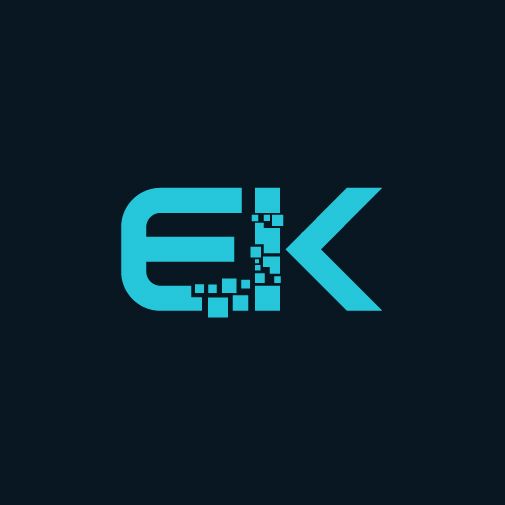Untitled Story
HackerNoon Writer
 byErmos K@ermos
byErmos K@ermosCryptocurrency Enthusiast circa 2012. Award winning writer in Finance, Investing and Bitcoin. Opinions are my own.
Cryptocurrency Enthusiast circa 2012. Award winning writer in Finance, Investing and Bitcoin. Opinions are my own.
HackerNoon Writer